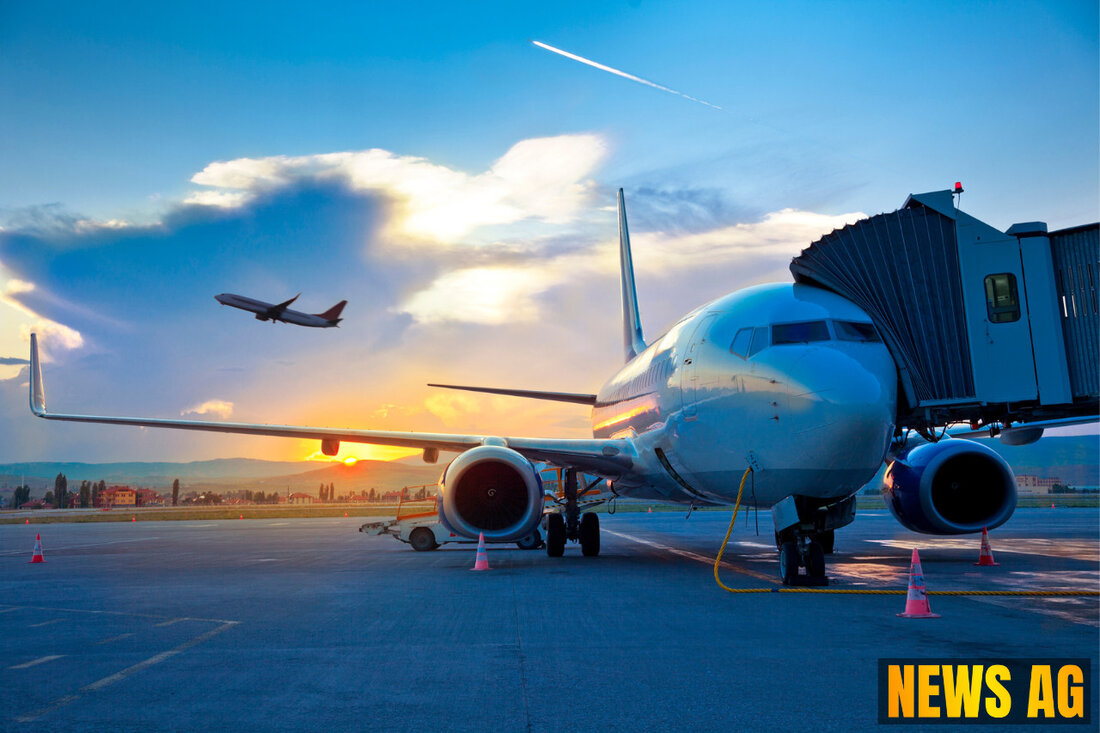Severe Turbulence Forces Southwest Airlines Flight to Emergency Landing in JAX
A Southwest Airlines flight was diverted to Jacksonville on June 14, 2025, due to severe turbulence, highlighting climate-related aviation challenges.

Severe Turbulence Forces Southwest Airlines Flight to Emergency Landing in JAX
On June 14, 2025, a routine flight took a startling turn when Southwest Airlines Flight WN3508 was forced to divert to Jacksonville International Airport (JAX) after encountering severe turbulence that resulted in a passenger injury. Initially taking off from Dallas Love Field (DAL) and heading towards Panama City, Florida, the Boeing 737-700 soared to 39,000 feet before trouble struck during its descent. After entering a holding pattern at 2,800 feet for approximately ten minutes while the crew assessed the weather, the decision was made to reroute to Jacksonville, extending the flight duration by about 40 minutes to a total of 2 hours and 40 minutes.
This incident, as reported by Travel and Tour World, highlights the escalating challenges posed by severe weather and turbulence in modern aviation—a worry that seems more pressing as climatic conditions shift dramatically. Experts note that while current aircraft are outfitted with advanced technology to handle turbulence, accurately predicting these hazardous moments remains a tough nut to crack.
Growing Concerns Over Severe Weather
The rise in severe weather events is not just a passing phase but part of a broader trend linked to climate change. A comprehensive study utilizing data spanning from 1970 to projected future scenarios until 2100 indicates that turbulence is expected to rise significantly across the globe. The research revealed a troubling forecast: the likelihood of experiencing moderate to severe turbulence is projected to increase by up to 10.5% in midlatitude regions—a factor that could heavily affect air travel in busy airspaces.
Aviation safety depends heavily on keeping abreast of these changes. As explained in an article by Nature.com, the anticipated increase in turbulence occurrences suggests that air travelers can expect bumpier flights in the years to come. The models show that various turbulence indices, particularly those indicating clear air turbulence (CAT), are more likely to show increases under high-emission scenarios, reinforcing the need for robust weather forecasting and enhanced operational protocols.
Impact of Climate Change on Aviation
As climate change continues to alter weather patterns, the aviation sector finds itself at a crossroads. According to insights from the European Union Aviation Safety Agency (EASA), the increased occurrence of extreme weather events now poses serious hazards to flight operations. With warmer global temperatures, the intensity and frequency of severe storms are on the rise, making it essential for airlines to adapt their protocols to ensure safety and reliability.
The challenges posed by such changes aren’t limited to just turbulence; they encompass various threats such as lightning strikes, runway flooding, and overall operational disruptions. EASA has identified the urgent need for the aviation industry to continuously enhance its adaptive capacity to these shifting climatic realities. This includes developing best practices for climate change adaptation and integrating these new insights into safety risk management processes.
In this context, safety protocols accentuate the importance of passengers wearing seatbelts at all times while seated — a reminder that in aviation, precaution pays dividends. For travelers and aviation stakeholders alike, the implications of these findings cannot be overstated. In a future where the skies may get bumpier, remaining informed and prepared will be key to navigating the challenges ahead.
